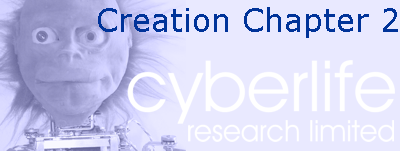
|
|
Lies, damned lies and linguistics‘When I use a word,’ Humpty Dumpty said, in a rather scornful tone, ‘it means just what I choose it to mean – neither more nor less.’ Lewis Carroll, Through the Looking Glass Most books that refer to the brain and mind include at least one picture of an optical illusion to illustrate some point or other, and I wouldn’t dare to break with this tradition. But my purpose in including Figure 1 is somewhat different – perhaps even the opposite of the usual one. The reason that this optical illusion is startling (and hence remarked on in psychology books) is that we cannot decide whether it is a picture of a vase or of two faces. There is nothing to choose between them; each is equally probable and familiar. This is so troubling because it is in marked contrast to our everyday experience, where there is a distinct difference between one interpretation and the other – between figure and ground. The event shown in Figure 2 never really happens. We call Figure 1 an optical illusion because of this paradox, while we take our everyday experience to be no illusion at all. The purpose of this chapter and the next, however, is to claim that all along we have been looking at the natural world the wrong way round. What we perceive as the ‘correct’ way of looking at things is actually mistaking the ground for the figure. To understand life, mind, consciousness and soul, I believe we have to learn to turn our intuitive interpretation of the world inside out. In short, we need to stop looking at the actors and instead start focusing on the play. |
Copyright © 2004 Cyberlife Research Ltd. |